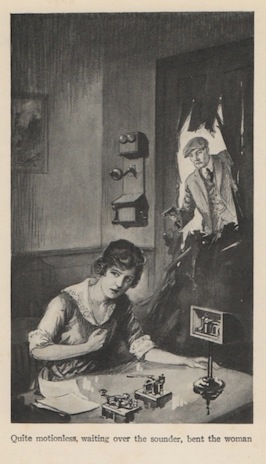From Ottawa comes a new chapbook of hard-boiled epigrams drawn from the writings of one of our finest noir writers. The words this time belong to David Montrose, whose three Russell Teed mysteries – The Crime on Cote de Neiges, Murder Over Dorval, The Body on Mount Royal – were the first reissues in the Véhicule Press Ricochet Books series.
A limited edition of 25 copies, it follows last year's In The Darkness. Both are the work of J.C. Byers, who has produced what are by far the most elegant treatments of Canadian noir. An Easy Place to Die was printed with a Vandercook SP-15 press on St Armand Old Master, and features fourteen epigrams. My favourite comes from Murder Over Dorval, Montrose's second novel:
She was a water dryad,Montrealers will appreciate this:
And she came
Dripping crystal sparks of light
From the lake,
And it was getting brighter,
And that was good.
I couldn't sleep.Also included is a brief biography of David Montrose – Charles Ross Graham – in which Mr Byers considers Teed's misadventures:
Maybe
because of the heat.
It was hotter than hell.
It was hotter than a fundamentalist
thinks hell is.
It was hotter than it had ever been
before anywhere else in the world.
It was almost as hot
as it had been
in Montreal
last August.
Over the course of three novels Russell Teed's investigations taint him as a result of his contact with the criminal underworld. By the time the stories have ended he has been beaten, often, humiliated, and robbed. He has also seen strangers, friends, and lovers killed. He has nearly been killed and he himself has killed more than once, sometimes quite viciously.
"A Private Dick's Disturbing Descent into Darkness", I titled my piece on Murder Over Dorval. As the novels progress, the once upstanding McGill grad fairly comes apart. "The bottle becomes a refuge and it is easy to image Teed disappearing into it", writes J.C. Byers. "Indeed, one can hardly imagine an alternate fate."
Too right. He's done.
Those wishing to obtain copies of An Easy Place To Die may contact the publisher through Wollamshram's Blog.
Update: Back from the Ottawa Small Press Book Fair, Cameron Anstee has posted more photos of An Easy Place To Die. "My favourite purchase of the fair," says he.
Related post:
































